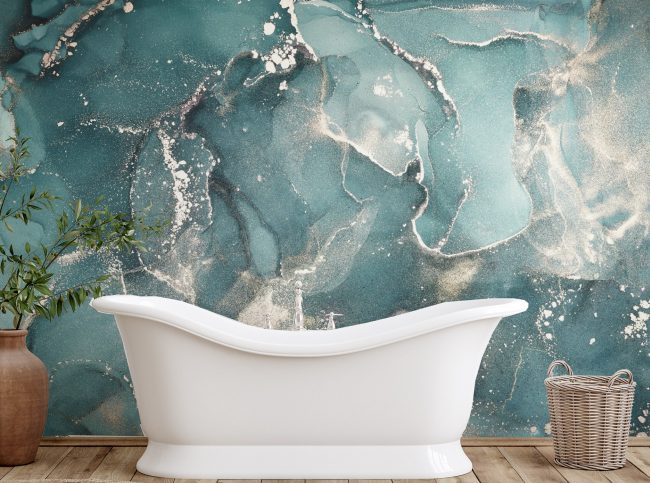
The very practice of interior design is to create beautiful indoor spaces that promote feelings of comfort, inspiration and enhanced wellbeing. When done correctly, the indoor space in which we exist can have a significant impact on both our mental and physical wellbeing.
Interior designers make sure of a range of tools to effectively manipulate the surrounding aesthetics to evoke positive or negative emotional responses. The direct correlation between interior design and wellbeing cannot be denied. Over the past decade, this area of research has received impending attention, and it’s clear as to why.
Notions of happiness, fulfilment and contentment spring to mind when considering one’s wellbeing. So, how, exactly, can interior design help to enhance our capacity for wellbeing?
Lighting
The manipulation of light plays an important role in elevating interior ambience. It possesses vast powers when it comes to controlling our mood, productivity and overall health.
Research shows that natural light has been found to alleviate symptoms of depression. On average, we spend 80% of our time indoors (DesertNews), making it difficult to access an appropriate amount of natural light. With this in mind, good interior design will aim to make the most out of natural light sources.
Strategic placements of windows and skylights combined with reflective surfaces around thew building should help to maintain a good source of sunlight during the day.
Ambience lighting plays a role in manipulating our energy levels. A good interior designer will consider the function of a room and the daily tasks of its occupants. Coloured lighting can be selected with the aim of energising people or relaxing them. For example, blue hues have been recognised to increase energy levels- and at night time, interfere with sleep. So, in a working environment that aims to improve energy and productivity- blue lighting should be deployed.
Carefully variating light is crucial to the maintenance of humans daily circadian rhythm. We should be exposed to natural light during the day and sleep in darkness at night. One of the biggest obstacles to maintaining this rhythm is the fact we spend 80%-90% of our time indoors.
Understandably, interior designers cannot manipulate the sun. However, their role is to make the most of what the sun has to offer. In order to help maintain a natural circadian rhythm, the interior design of a room should allow for the most exposure to the sun. As the sun goes down, so too should the lighting indoors to prepare for a healthier nights sleep.
Colour
The psychology of colours should not be forgone and have an important role to play when it comes to deciding our mood and impacting our wellbeing.
When deciding the colour of our walls, a few of us will pay attention to the power of colours. Interior design professionals are fully aware of the implications colour has on wellbeing.
Depending on the nature and function of the space, colours can effectively promote different emotions. In the bedroom, for example, most will strive to invite feelings of warmth, comfort, relaxations, and naturalness. In this case, the colors of browns and creams will deliver.
‘Colours of wellbeing’ are mostly associated with pallets of blues, yellows and greens. Once again, the choice of colour is dependent on the function of the space. If the quest for wellbeing is for productive office space, an interior designer will stimulate energy, productivity and happiness using the colours blue, yellow and green.
Ecological and bio-design
A major trend in interior design over the past 10 years has been bringing the outdoors in. If we are lacking the ability to spend more time outdoors, this offers an instant solution. Incorporating natural elements like wood, stone, water, plants and organic textiles into the interior of our living spaces, can help to enhance and sustain our wellbeing.
The integration between interior design and the earth’s natural elements is a growing research field. The collaboration of biologists and designers is a common occurrence and the benefits of merging their fields together are becoming more apparent.
Creating a sense of calmness that is associated with nature by mimicking and replicating its elements indoors can help to promote happiness and an optimistic outlook on life. Being around nature can reduce stress, heals and soothes tensions and create a feeling of revitalisation and restoration.
The stress of an unpleasant environment can contribute to feelings of anxiety, fatigue, and depression. One sure way to alleviate this is by introducing natural elements to the indoor space.
If the next decade is anything like the last, we should expect a continued surge of interest in promoting wellbeing. We can also anticipate interior design to be at the forefront of the discussion and leading the mission.
Stay Connect With Get News 360
